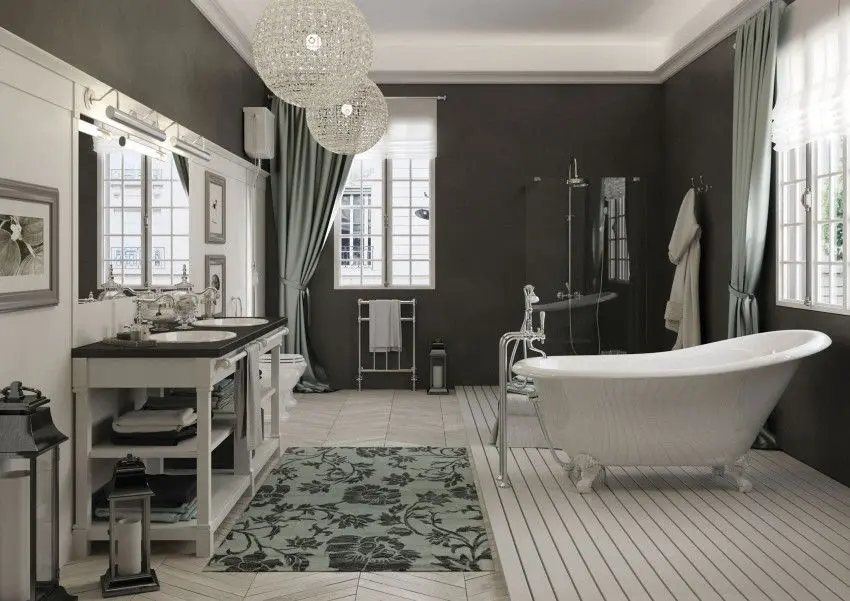Hey there, bathroom enthusiasts! Ever caught yourself daydreaming about a bathroom that screams “classic elegance” rather than “cookie-cutter chaos”? Well, you’re in for a treat because we’re diving headfirst into the world of traditional bathroom remodels! But hold on, before you start knocking down walls or splurging on that vintage clawfoot tub, let’s talk planning and budgeting. Trust me, it’s the backbone of a successful bathroom makeover. So, grab your tool belt and let’s get this traditional bathroom party started!
Table of Contents
1. Dream It Before You Theme It
What’s Your Style?
Before you get all gung-ho with sledgehammers and paint samples, take a minute to decide on the style you’re aiming for. Traditional bathrooms are all about charm and timeless beauty. Here are some classic vibes to consider:
- Victorian Elegance: Think rich woods, intricate tile work, and a touch of vintage glam.
- Classic Country: Rustic finishes, pastel hues, and a cozy, welcoming feel.
- Mediterranean Magic: Warm colors, textured tiles, and earthy elements for a touch of the exotic.
Measure Twice, Cut Once
Once you’ve zeroed in on the style, break out the measuring tape! Measure your bathroom dimensions like you’re a DIY detective on a mission. Note the location of existing plumbing and electrical fixtures. Trust me, nothing says “whoops” like realizing your dream bathtub doesn’t fit through the bathroom door!

2. Budgeting: Because We Ain’t Made of Money
The Budget Blues
Let’s be real – nobody likes talking about budgets. But trust me, it’s like the GPS for your remodeling journey. Without it, you might end up in a financial pothole that’s hard to climb out of! Here’s how to wrangle those budget blues:
- Research, Research, Research: Hit the internet, stroll through hardware stores, and get quotes from contractors. The more you know, the better you can estimate costs.
- Buffer Zone: Ever heard of unexpected expenses? Yeah, they’re like uninvited guests at a party. Create a budget cushion for those surprise costs.
Splurge vs. Save
In the magical world of bathroom remodels, some things are worth the splurge, while others can be wallet-friendly. Let’s break it down:
Splurge Worthy:
- Statement Fixtures: That vintage chandelier or a stunning pedestal sink can be the showstopper.
- Quality Tiles: Invest in durable, beautiful bathroom tiles. They’re the unsung heroes of any bathroom.
Save Like a Pro:
- Paint: A fresh coat of paint can work wonders without breaking the bank.
- Accessories: Towel racks, soap dispensers, and mirrors can be affordable and still fabulous.
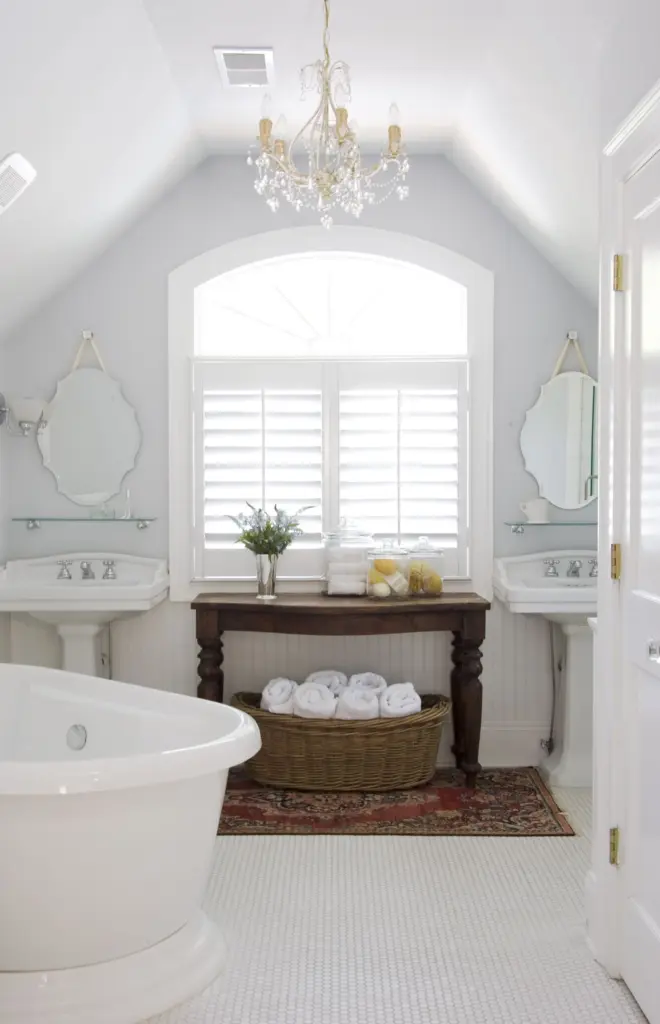
3. DIY or Not To DIY: That Is the Question
Assess Your Skills
So, you’ve binged every home improvement show on TV, and now you’re itching to grab the power tools. But hold on, Captain DIY, assess your skills before you end up with a bathroom disaster! Some tasks are DIY-friendly, while others scream for professional help:
- DIY-Friendly:
- Painting: Roll up those sleeves and let your inner artist shine.
- Installing Accessories: Hanging mirrors or putting up shelves – easy peasy.
- Professional Territory:
- Plumbing: Unless you’re a licensed plumber, leave the pipes to the pros.
- Electrical Work: Sparks might fly, but not the romantic kind. Hire an electrician for wiring.
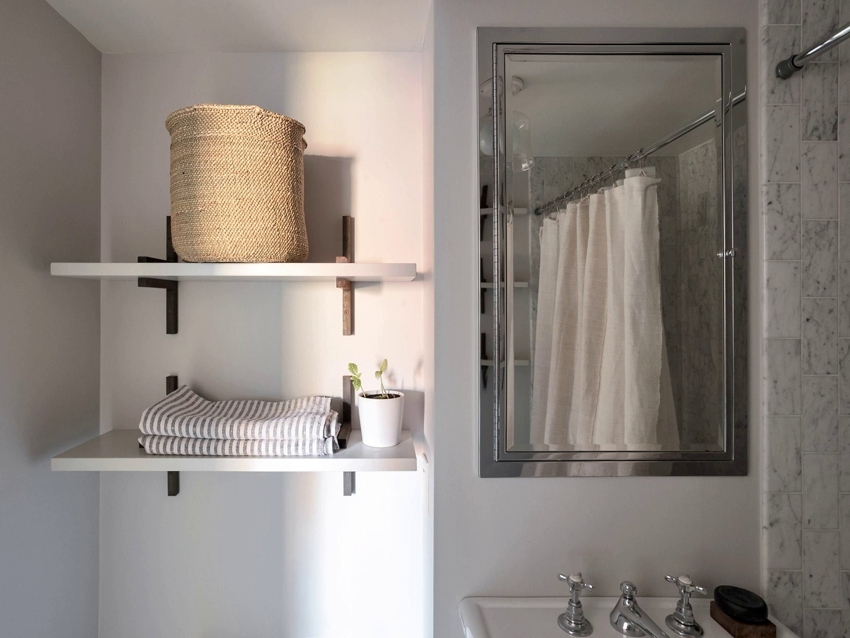
Contractor Chronicles
If DIY gives you the jitters, hiring a contractor is your superhero move. Here’s the 411 on finding the right one:
- References Rule: Get recommendations from friends, read online reviews, and ask for past project portfolios.
- License and Insurance: Don’t play the gamble game. Make sure your contractor is legit and insured.
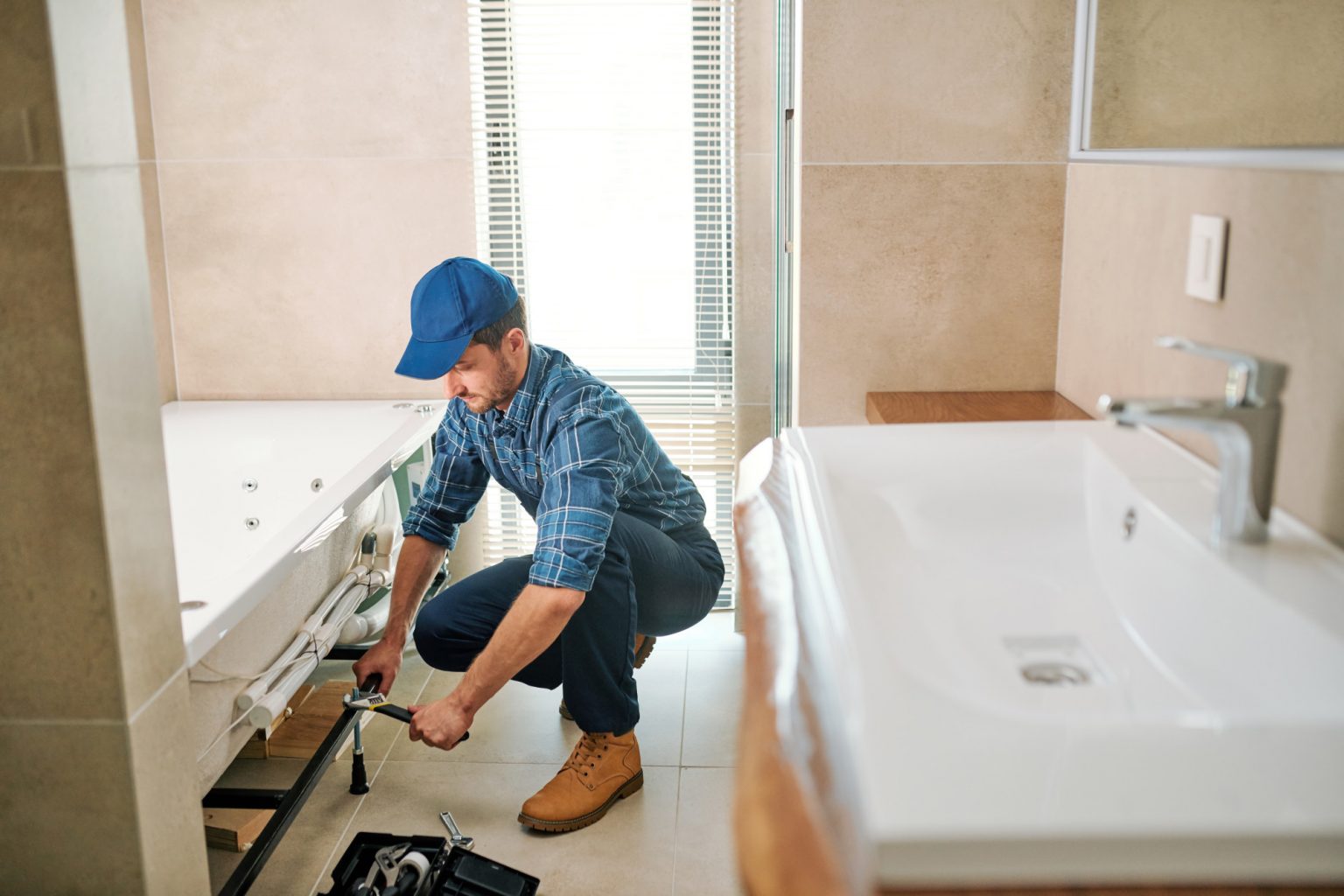
4. Pickin’ and Choosin’: Materials and Fixtures
Tiles That Wow
Tiles can make or break your traditional bathroom vibe. Choose wisely!
- Subway Tiles: Classic, timeless, and oh-so-versatile. They’re like the little black dress of bathroom design.
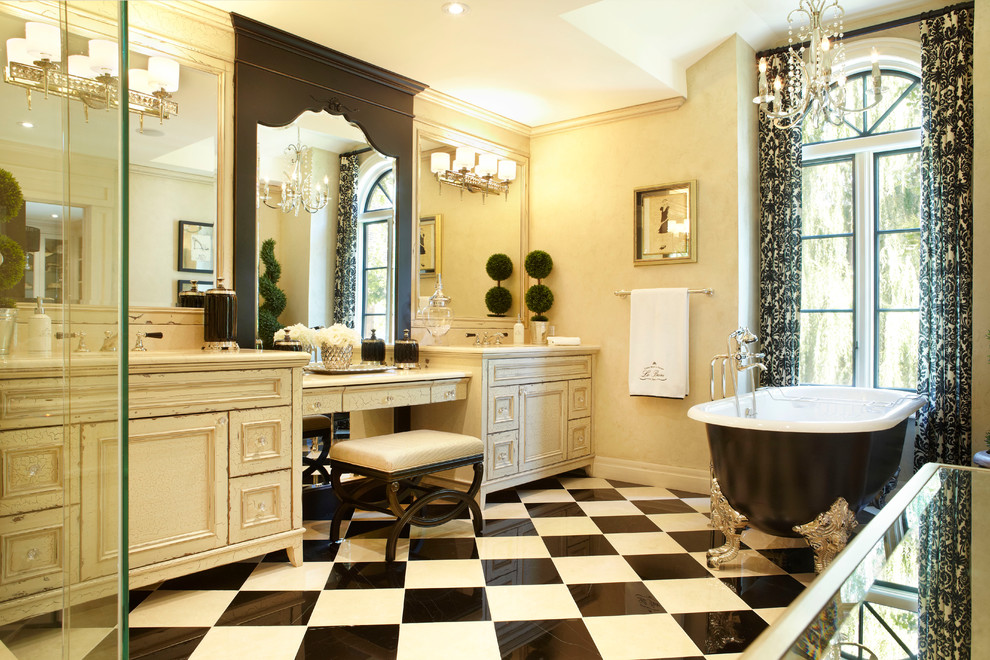
- Patterned Tiles: Add a touch of whimsy with intricate patterns. Moroccan tiles, anyone?
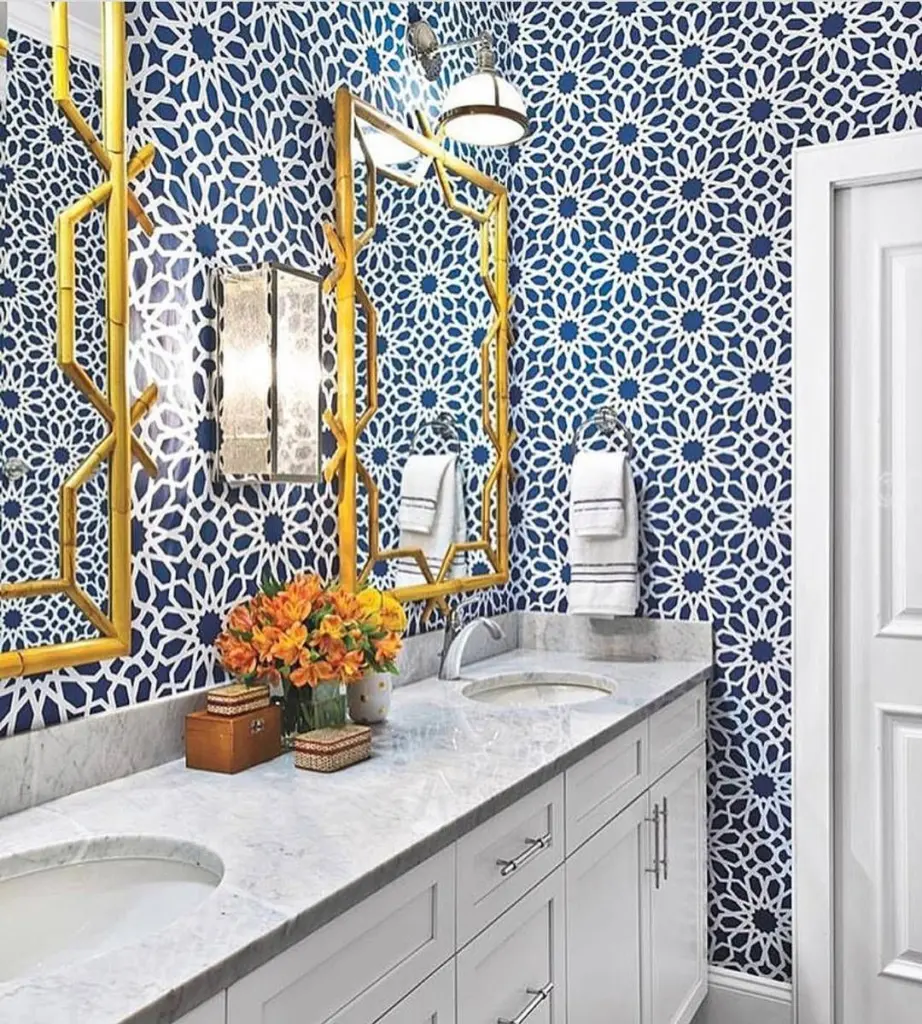
Vanity Vanities
Your bathroom vanity is the unsung hero of morning routines. Here’s how to pick the right one:
- Wooden Wonders: Opt for wooden vanities for that traditional warmth.
- Vintage Vibes: Antique or distressed finishes can add character.

Fixtures That Shine
From faucets to lighting fixtures, it’s the small details that make a big difference:
- Bronze and Brass: These finishes scream traditional elegance.
- Chandelier Chic: Yes, a mini chandelier in the bathroom is a thing, and it’s fabulous!
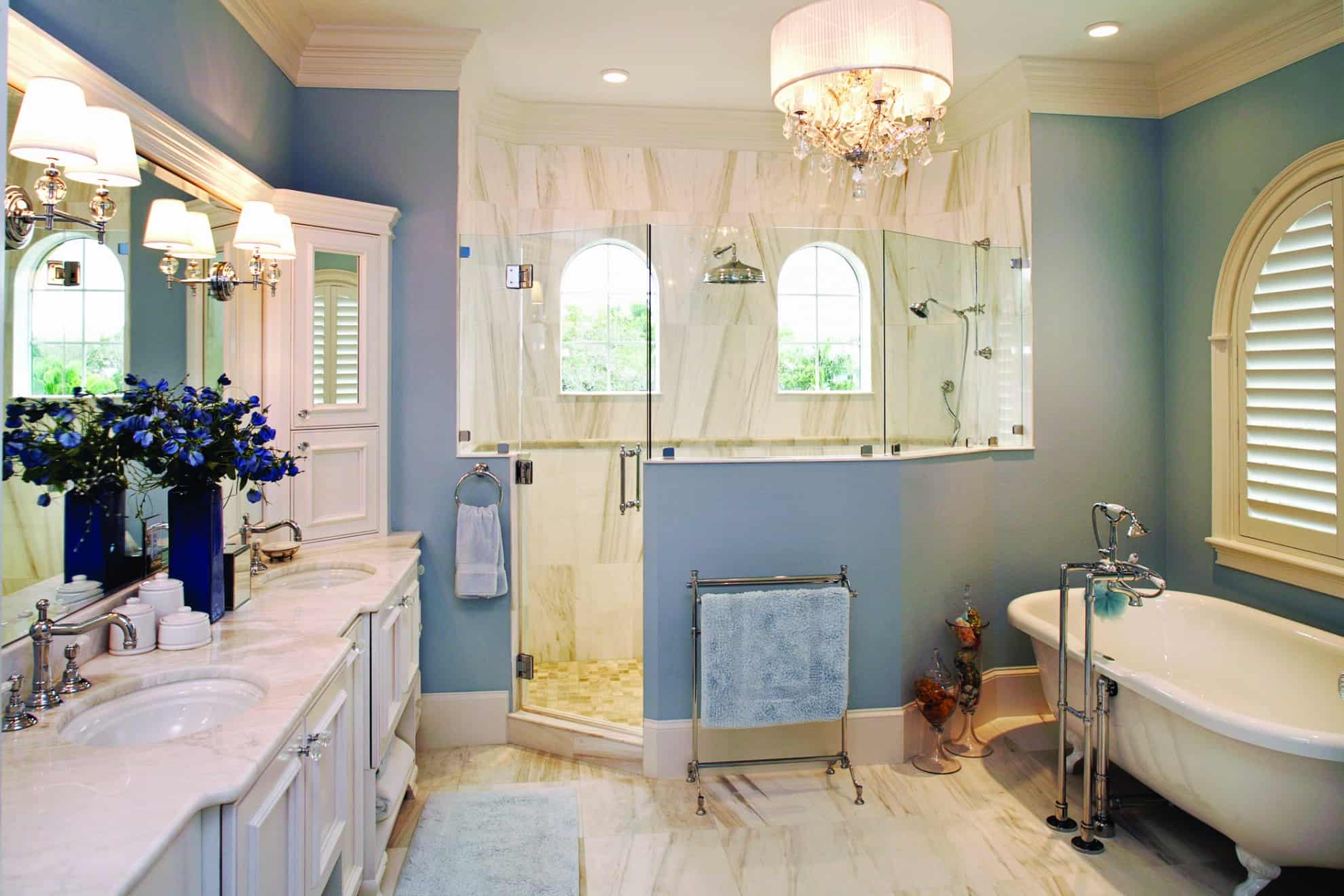
And there you have it, bathroom aficionados – the ultimate guide to planning and budgeting for a traditional bathroom remodel! It’s not just about the aesthetics; it’s about creating a space that feels like a luxurious escape. So, whether you’re sipping champagne in your Victorian bathtub or rocking a spa day in your Mediterranean oasis, remember, it all starts with a solid plan and a budget that won’t make your wallet weep.
FAQs
What is a traditional bathroom style?
A traditional bathroom style is characterized by classic, timeless design elements. It often includes features like ornate fixtures, rich colors, and traditional materials, creating a warm and inviting atmosphere.
How do you make a traditional bathroom modern?
To modernize a traditional bathroom, consider incorporating clean lines, neutral colors, and contemporary fixtures. Updating accessories, such as mirrors and lighting, can also bring a more modern touch without compromising the traditional charm.
How to make a bathroom modern on a budget?
Achieve a modern bathroom on a budget by focusing on cost-effective updates. Paint, new hardware, and affordable accessories can make a significant impact. Consider DIY projects, such as refinishing cabinets or updating light fixtures, to save money.
Can you mix traditional and modern bathroom?
Yes, you can mix traditional and modern elements in a bathroom. This blend, often referred to as transitional style, creates a harmonious balance between classic and contemporary aesthetics. It allows for a personalized and unique design that combines the best of both worlds.
What are two advantages of a traditional bathroom?
Traditional bathrooms offer timeless elegance and a sense of familiarity. They often feature durable materials, providing longevity in both style and functionality. Additionally, traditional designs tend to withstand changing trends, ensuring a lasting appeal.
What is the difference between traditional and transitional bathrooms?
Traditional bathrooms lean towards classic designs with ornate details, while transitional bathrooms blend traditional and modern elements for a balanced, updated look. Transitional bathrooms maintain a connection to the past while embracing contemporary simplicity.
